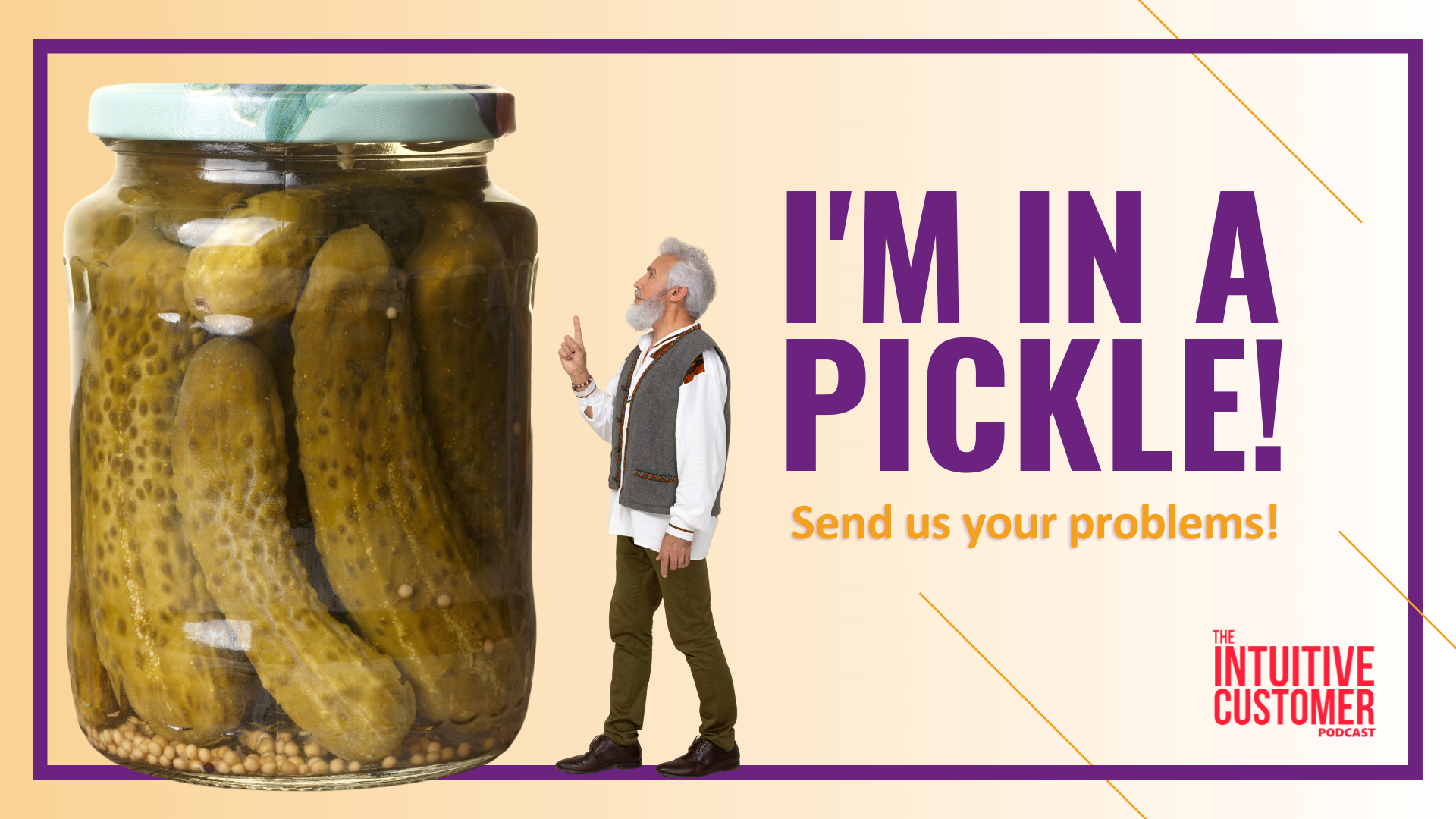Over the last 20 years, Customer Experience has been a concept embraced by businesses.
However, despite this emphasis on providing excellent experiences, customer satisfaction levels have not improved. Many of you might think, well, that’s because of COVID. However, that’s just an excuse. The truth is COVID isn’t the only reason that customer satisfaction scores are declining—and you must fix what you can for your organization before it’s too late.
The latest ACSI report says that from 2010 to 2019, 70 percent of companies tracked by ACSI either declined or had flat results. As you can see, this was pre-pandemic and a time that I think of as the height of the Customer Experience movement. If you frame this another way, it shows that only 30 percent of organizations increased their customer satisfaction scores.
I invited David VanAmburg, Managing Director of the American Customer Satisfaction Index (ACSI), on a recent podcast to discuss why scores are declining. He says COVID is part of it, but it’s not all COVID. Customer Satisfaction scores drop for many reasons.
For example, 1997 VanAmburg says was the all-time low of the ACSI’s history. VanAmburg says that our society was changing to a self-service economy, with things like self-service checkout lanes at supermarkets and ordering plane tickets yourself instead of through a travel agency. Now, we think of those things as business-as-usual, but then, it annoyed us. VanAmburg says the value proposition offered by companies took a significant hit. Consumers felt like they were getting less service from companies but not getting a break on the price.
VanAmburg attributes these latest results to a couple of factors. First, CRM has infiltrated businesses today. VanAmburg says that companies might be overdoing it a bit. They are getting into the minutiae of individual transactions and missing the big picture of trends in a vertical or specific size customer, etc. Second, VanAmburg points out, these tools are only as good as the operator that uses them. If they’re not serious about it or incompetent at using it, organizations won’t get what they need out of it. In other words, CRM is an excellent data tool, but only if you leverage it strategically for your business goals.
I saw similar problems with Customer Experience. Many companies joined the movement because everybody else was doing it but were not committed to improving the experience.
Moreover, regarding CRM, many companies are measuring the wrong things. For example, emotions are a critical part of a customer’s experience, but few organizations use CRM to measure the trend in how customers feel. Instead, they measure, but not for the things that drive value or improve customer satisfaction scores. 
It is counterintuitive that the more effort we put into Customer Experience initiatives, the worse things seem to be. However, there are a few things that could contribute to the problem.
It could be that organizations are treating customer satisfaction measurement or Customer Experience improvements as a box to check. They figure that they don’t need to do anything else since they measured it.
Another possibility is overreacting to measurement and data. For example, we might overfocus on that medium if we’re measuring something between where we are and where we want to go. In psychology, this concept is medium maximization.
Customer satisfaction is also intangible. It’s not something we can count, like other CRM data. So, there can be more significant swings in the data, and because it is a feeling, it can require more effort to pinpoint the cause for the change. Sometimes companies try to fix what’s wrong in the experience but fix the wrong thing, and things worsen. Without a way to determine the why of the results, it’s hard to see how to fix the problem.
Also, there can be too much data.
 Data overload can overwhelm companies. Then they don’t know where to start, start in too many places, or, worse, don’t start at all.
Data overload can overwhelm companies. Then they don’t know where to start, start in too many places, or, worse, don’t start at all.
Companies might be jumping to conclusions with their responses. We often hear that companies need to be nimble, to respond quickly and powerfully. To do so assumes a level of confidence in the data. However, having that confidence is rarely the reality. Instead, it would be better to have a theory for what your customers are getting out of the experience and then use the CRM data to guide that theoretical strategy.
Another problem here could be that the people interpreting the data are using an outdated mindset. In other words, they don’t understand customer behavior well enough to make the right decisions about what is driving it.
Some organizations might not have enough Customer Centricity in their culture. We did a podcast about Customer Centricity where we talked about the difference between Transactional companies and Enlightened companies. The 70 percent of companies that didn’t improve or had flat scores were likely Transactional, which is on the low end of customer-centricity. The 30 percent who did improve were high on the spectrum at Enlightened.
So Where Will Customer Satisfaction Go in 2022?
 I wish we knew. There is still a lot of uncertainty. With COVID, we don’t know. As new strains come and go, it’s a difficult time to prepare for the future.
I wish we knew. There is still a lot of uncertainty. With COVID, we don’t know. As new strains come and go, it’s a difficult time to prepare for the future.
However, what is certain is that what is happening now isn’t good enough. Whether it’s too much CRM or not enough, it would be best for organizations to continue focusing on what drives customer value. It’s also essential to pay attention to the emotions involved in the customer process and manage them to a deliberate outcome that aligns with that customer value proposition. Finally, companies should also use tools like CRM data to analyze customer behavior and shape customer strategy, not just check a box on a list.
Perhaps most importantly, it’s time to quit blaming COVID for the drops in Customer Satisfaction. There are many reasons why customer satisfaction scores are falling. It’s up to us to determine what they are and fix the ones we can use the tools at our disposal.
If you have a business problem that you would like some help with, contact me on LinkedIn or submit your pickle here. We would be glad to hear from you and help you with your challenges.
 There you have it. No promotions, no gimmicks, just good information.
There you have it. No promotions, no gimmicks, just good information.
Think reading is for chumps? Try my podcast, The Intuitive Customer instead. We explore the many reasons why customers do what they do—and what you should do about it. Subscribe today right here.


